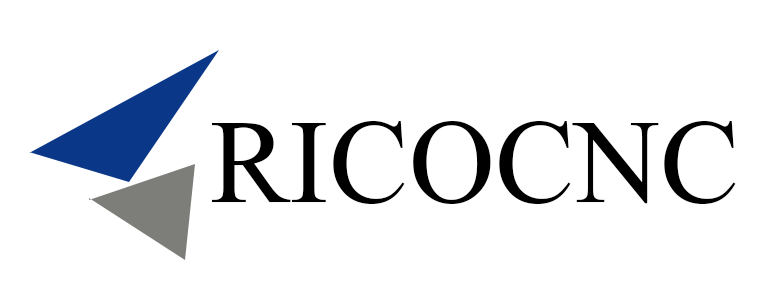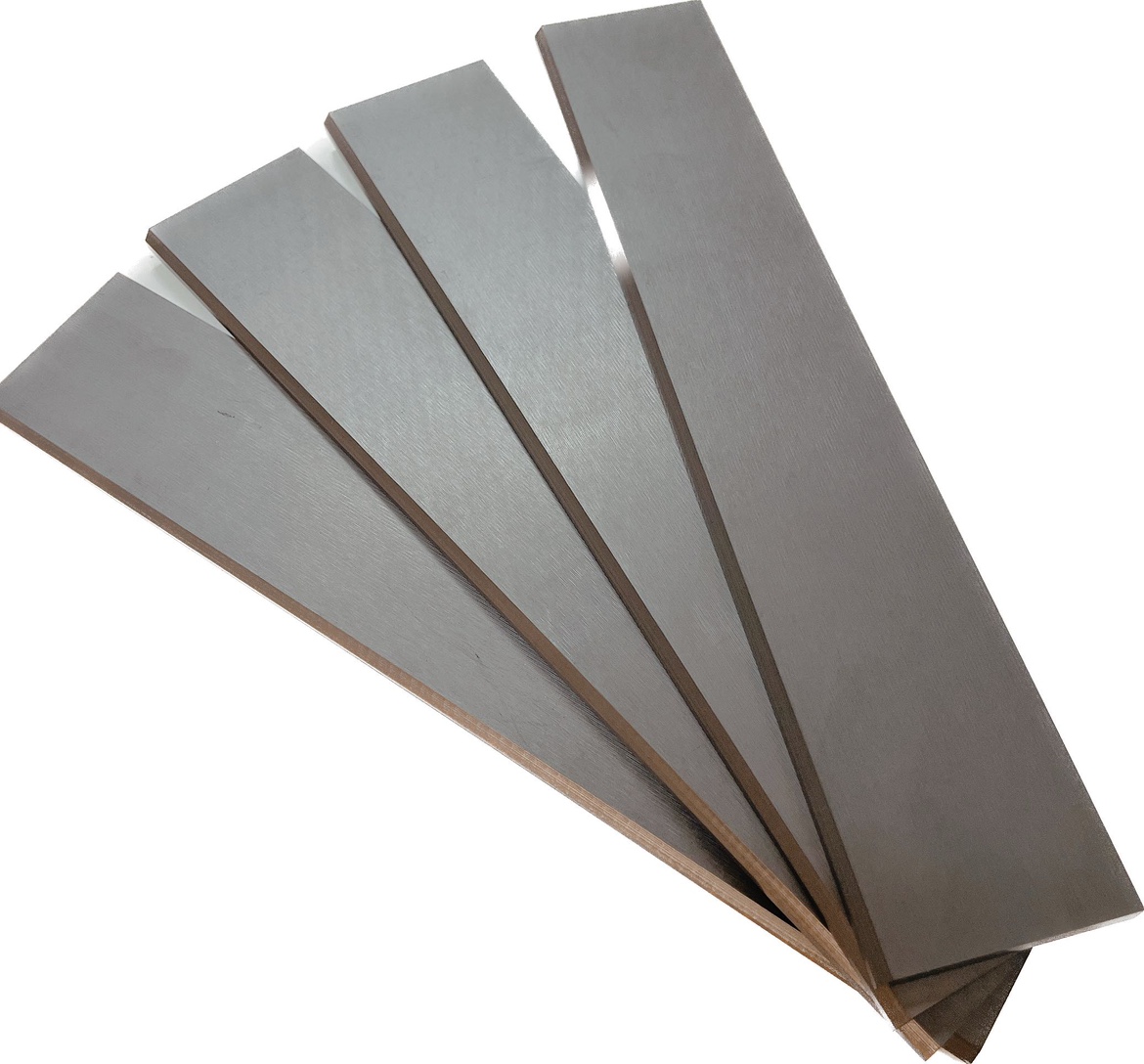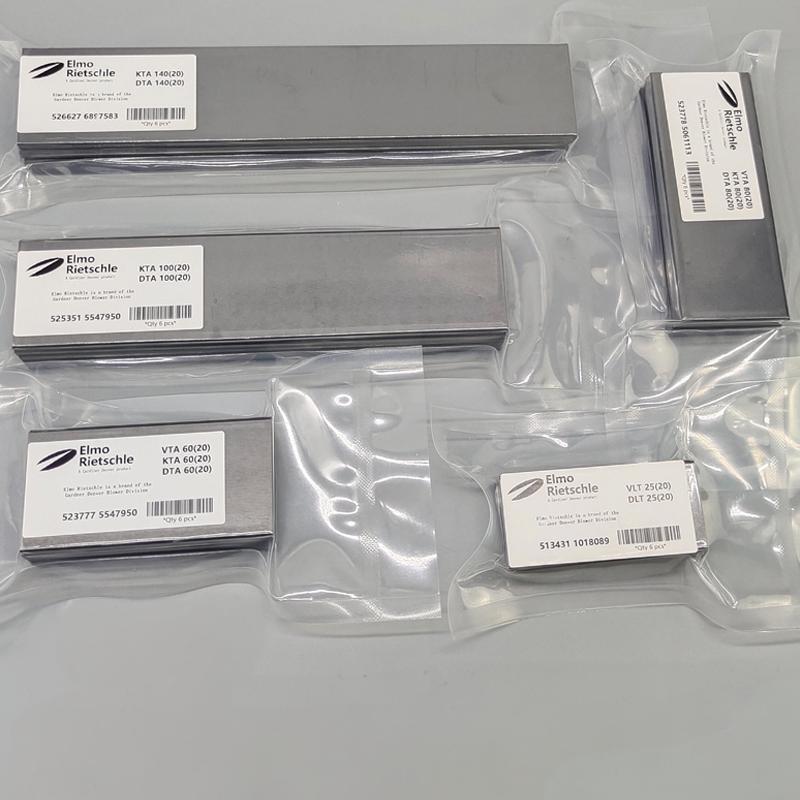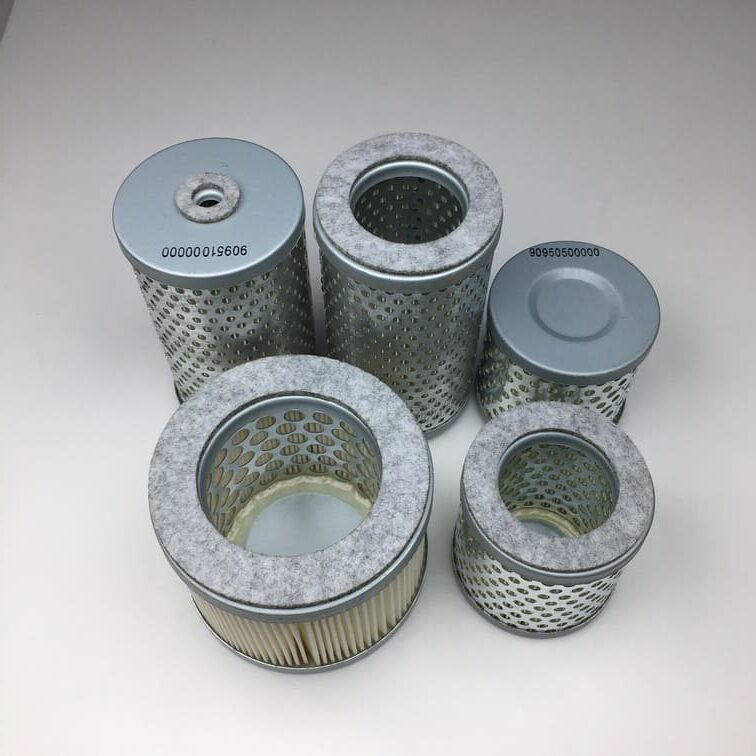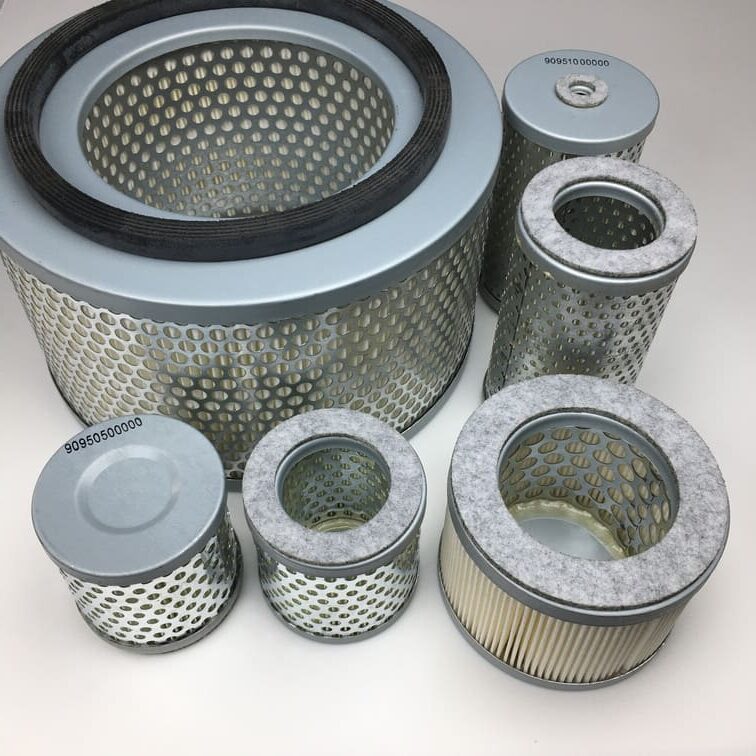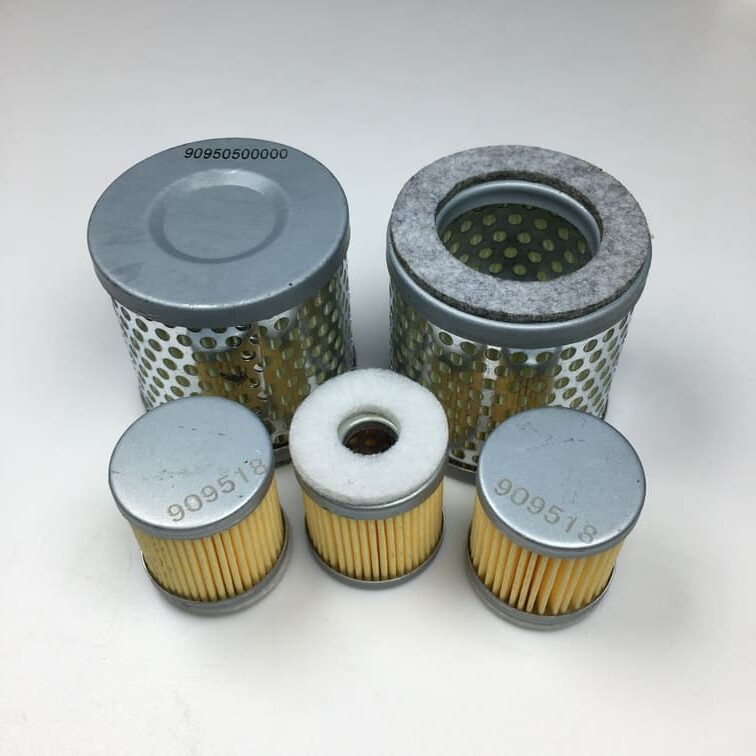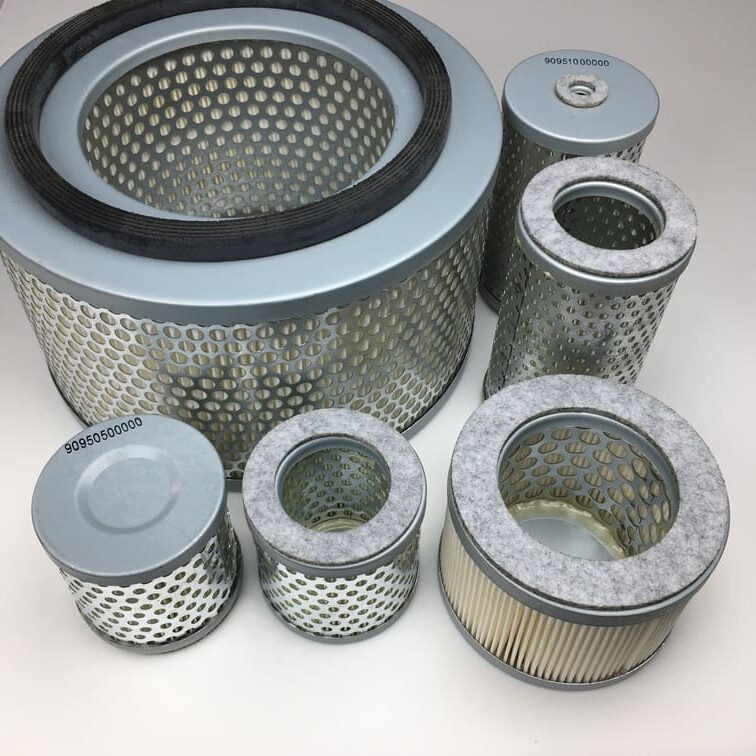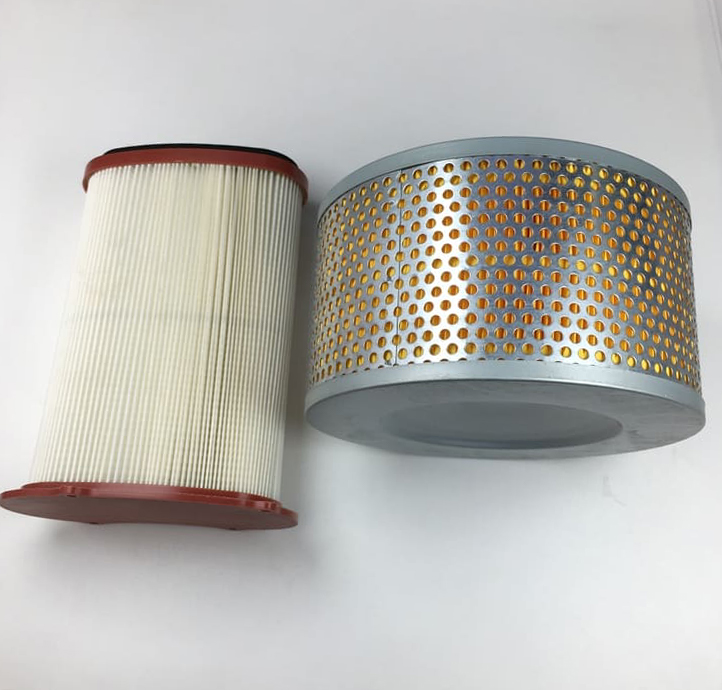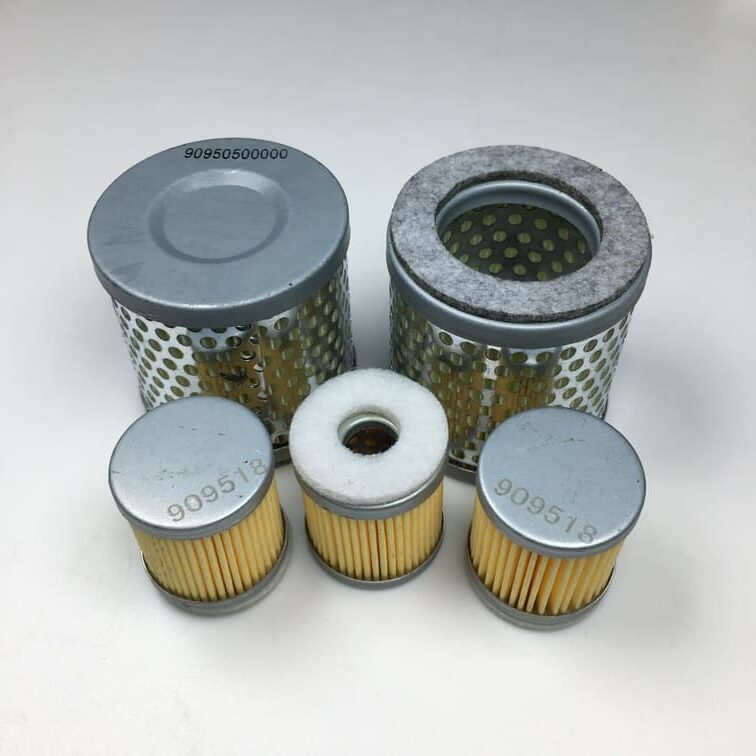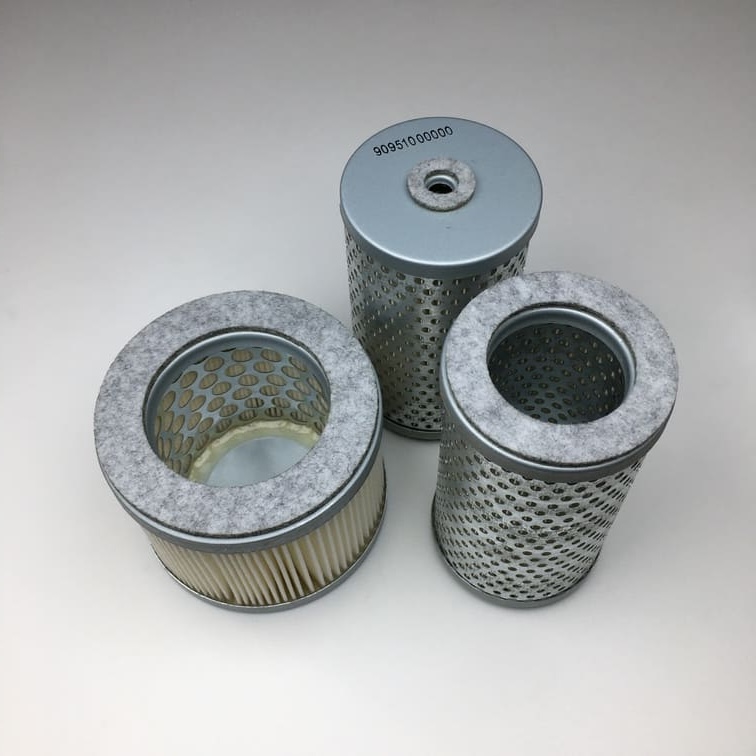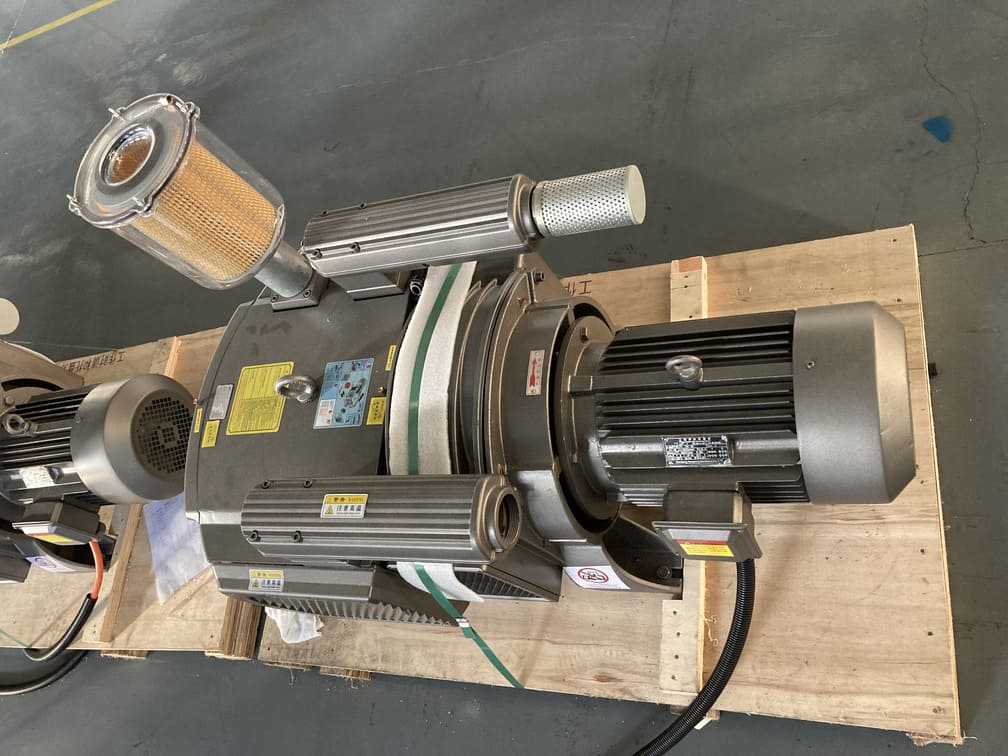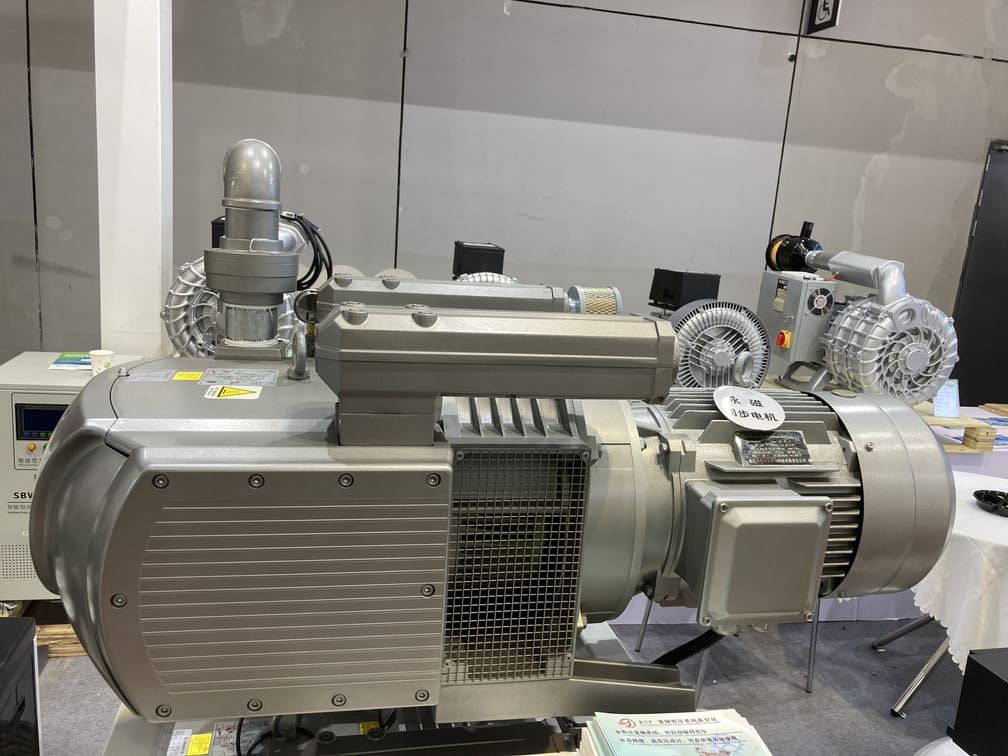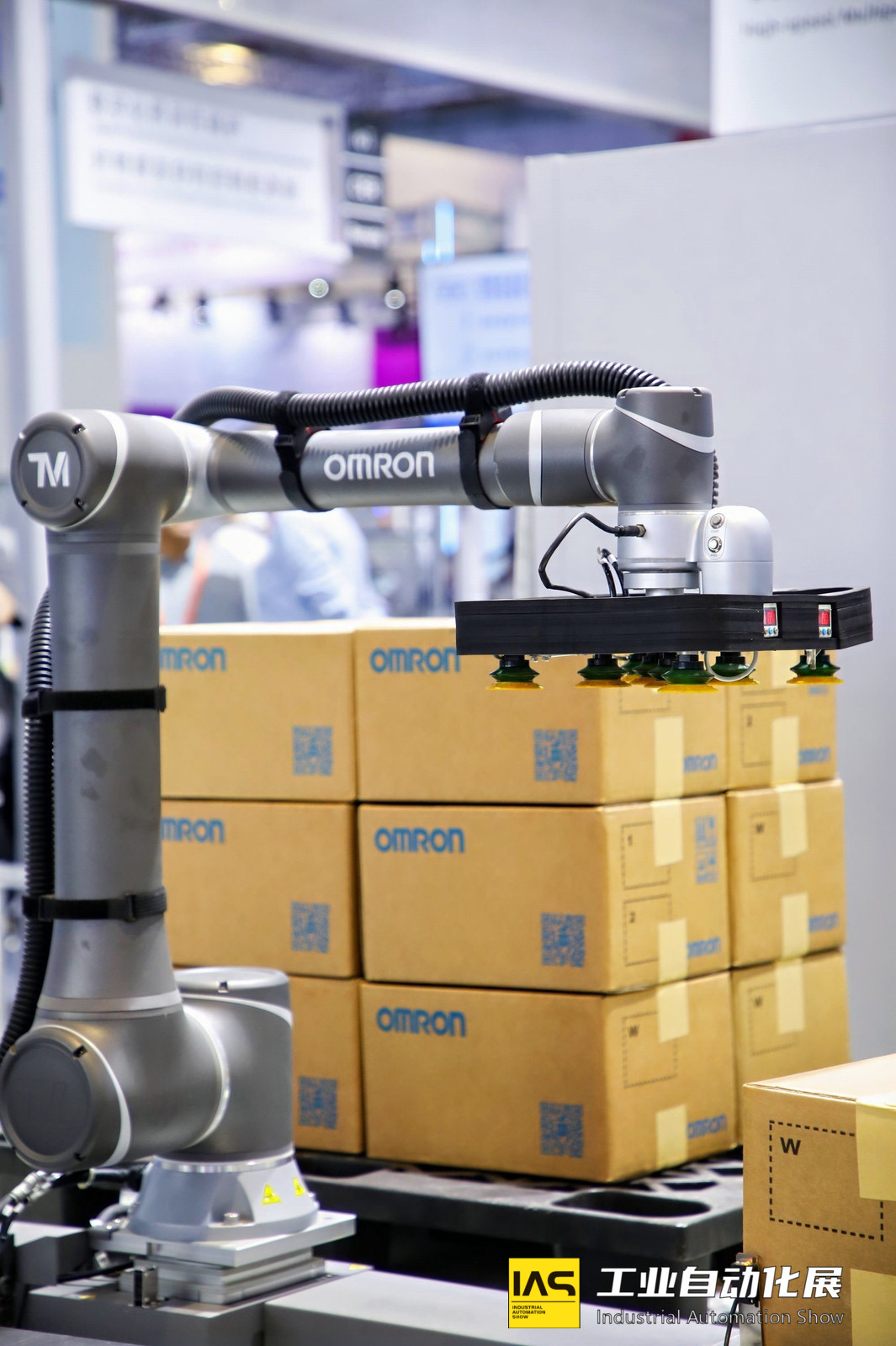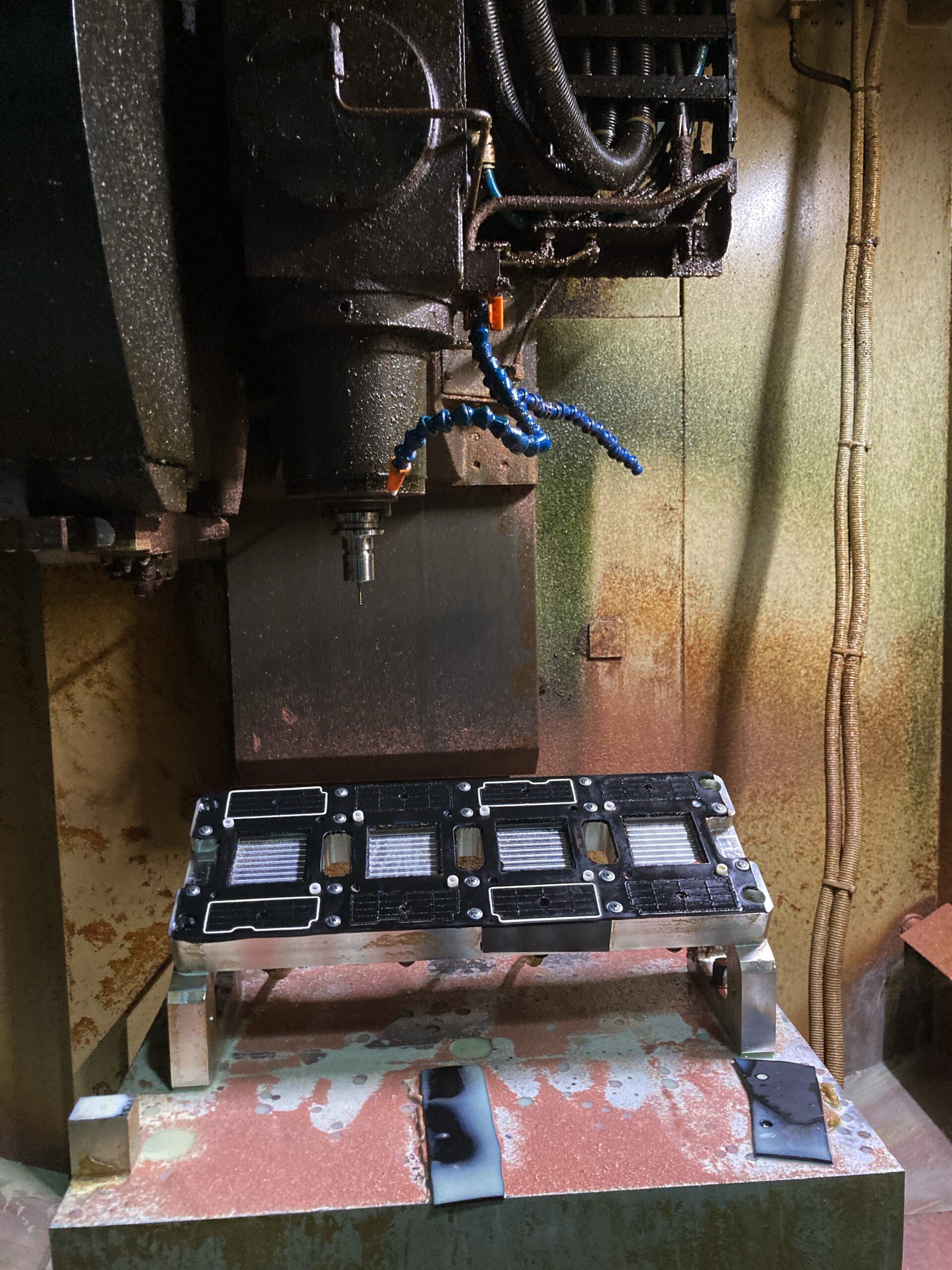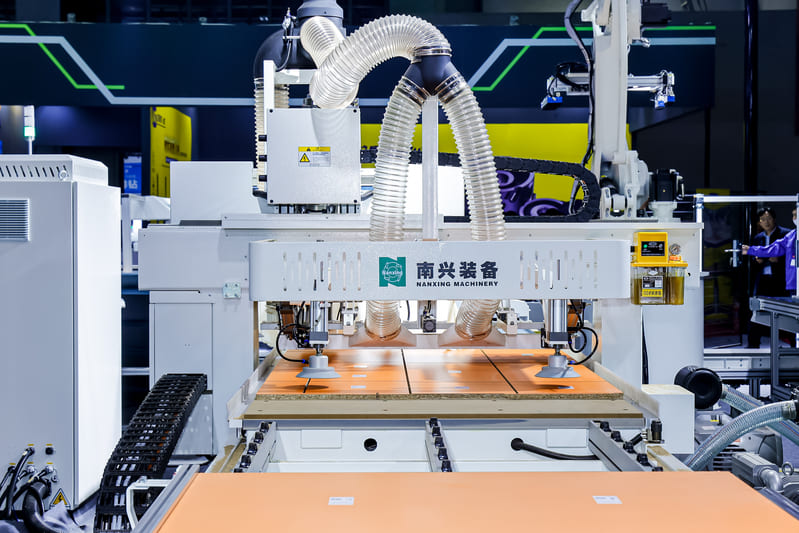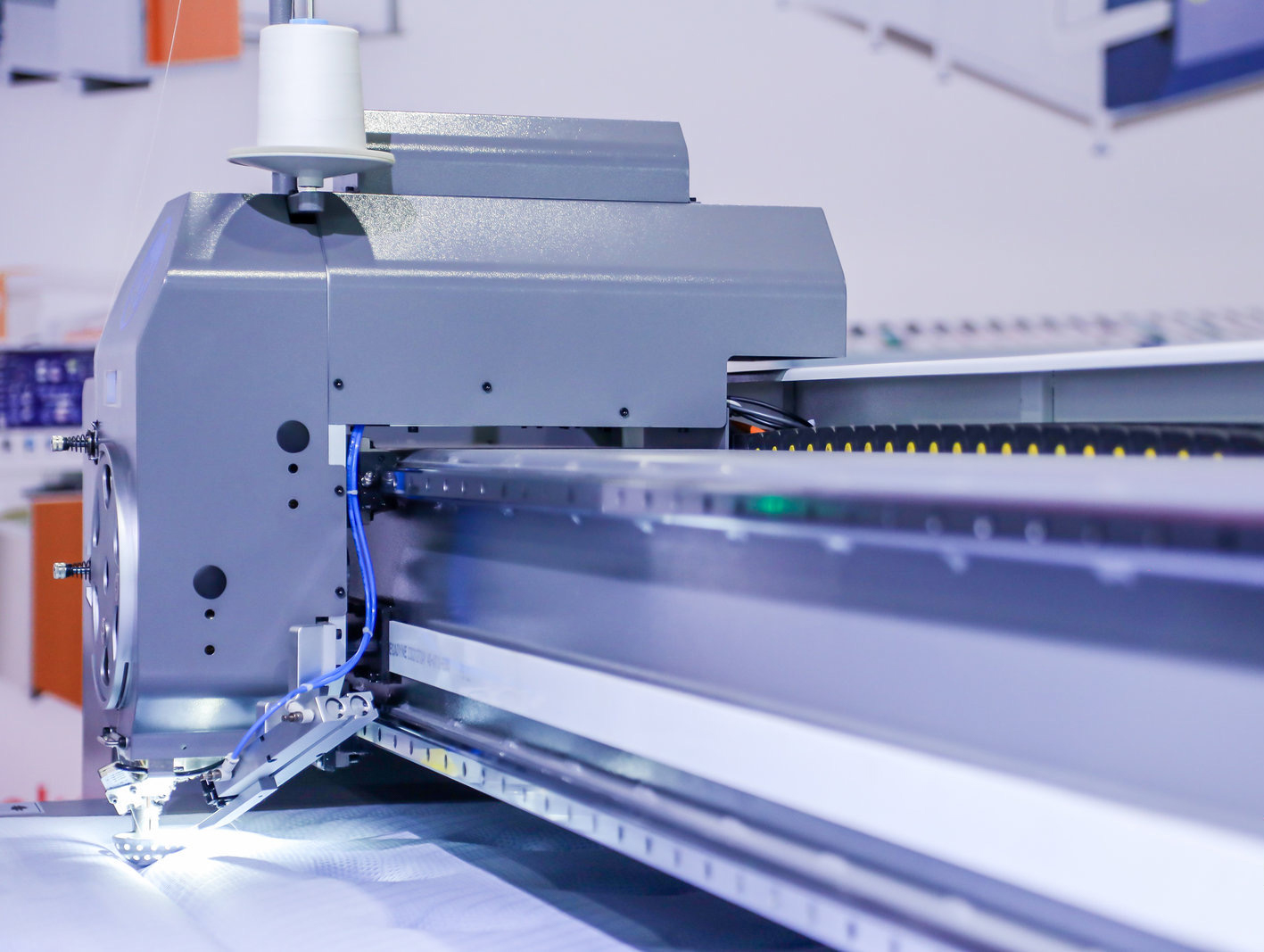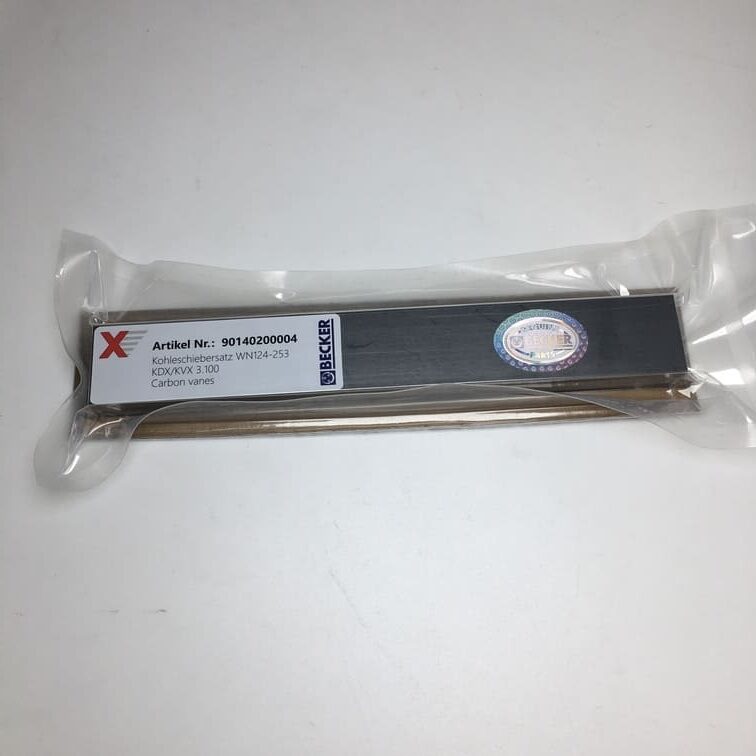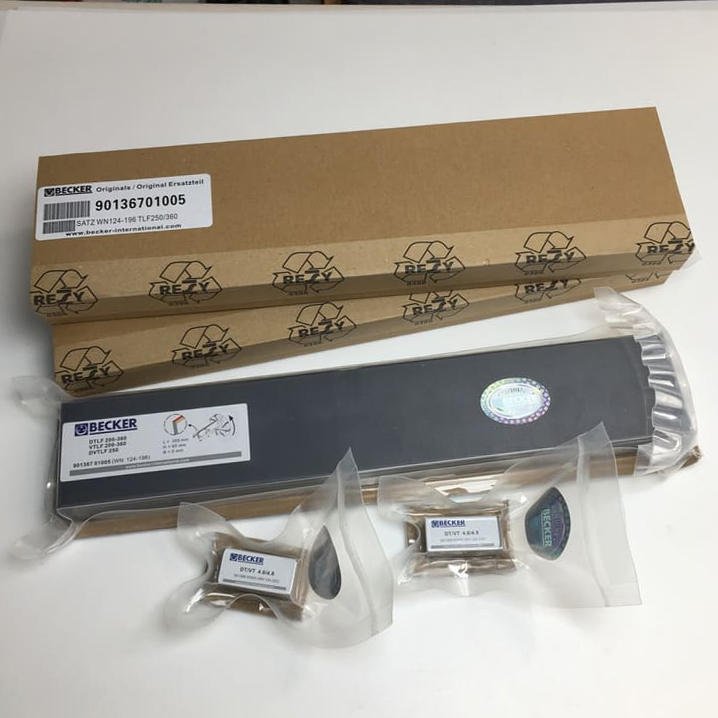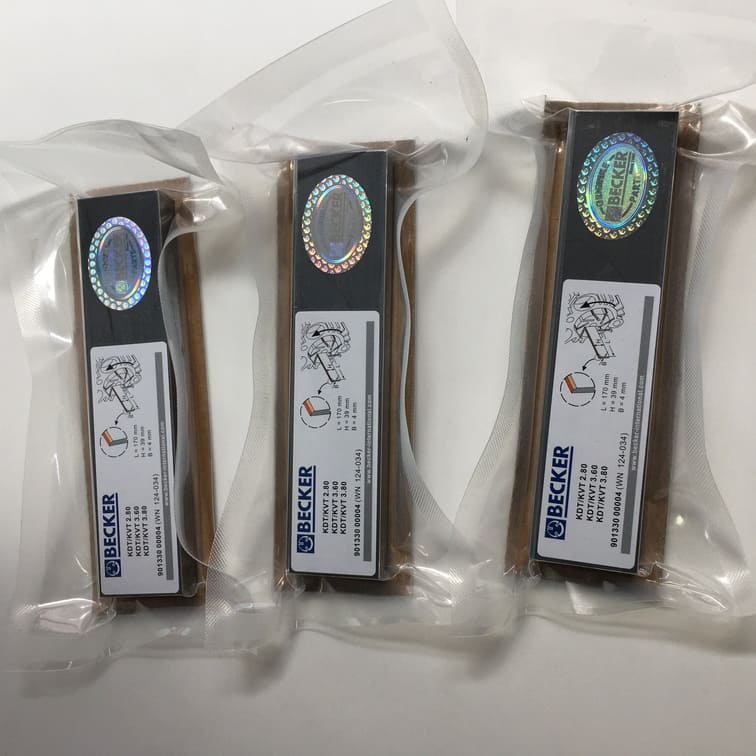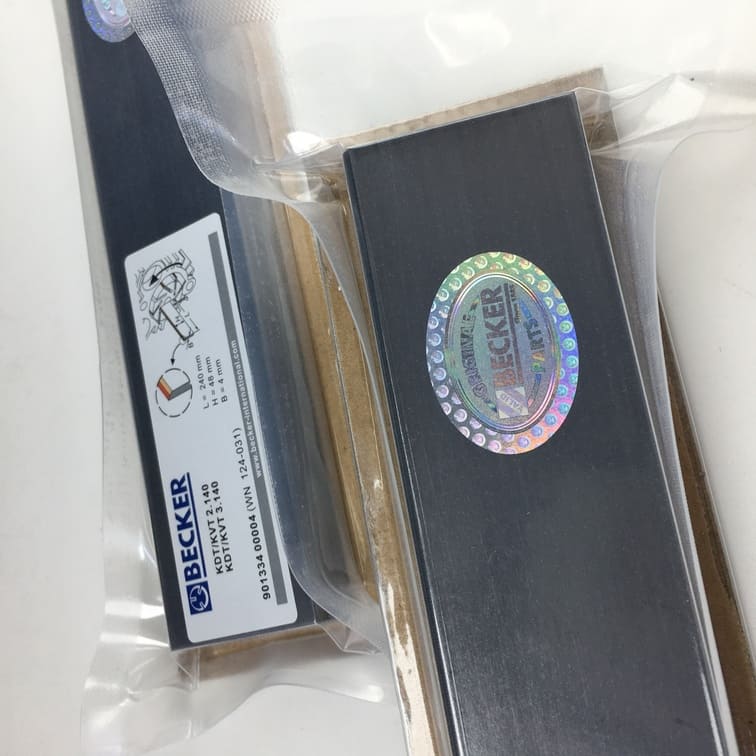Preguntas frecuentes
1. P: ¿Cuánto tiempo tarda en entregarse mi pedido?
ANos enorgullecemos de ofrecer entregas rápidas. Todos los pedidos se procesan y envían en un plazo de 3 días hábiles, lo que garantiza un tiempo de inactividad mínimo para su equipo.
2. P: ¿Qué tipo de garantía ofrecen para las paletas de carbono?
A: Sí, todas nuestras paletas de carbono cumplen Estándares de calidad OEM, garantizando un rendimiento óptimo y una larga vida útil de sus bombas de vacío.
3. P: ¿Con qué frecuencia se debe reemplazar el filtro?
A:No existe un tiempo exacto para cambiar el filtro, depende sobre todo de las condiciones de trabajo.
